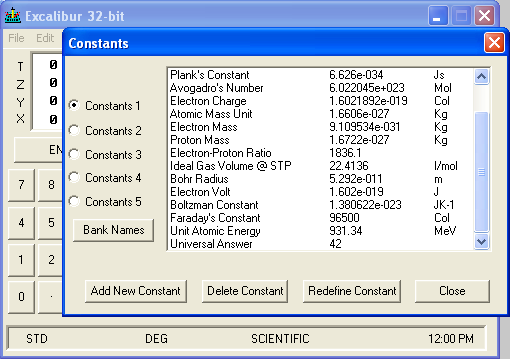I've been looking for a good charting mechanism for a few personal apps.  CFCHART works in some cases, but I usually opt for SVG, either rendered inline (i.e. SVG and XHTML interleaved in an XML doc) or rasterized into a PNG server-side via Batik. Both solutions have their merits, but both also have a lot of problems (drawing SVG requires a lot of arcane math, and CFCHART is quite inflexible and has a number of bugs).
At work, I've been doing quite a bit of work with the Flex Charting components, and I got to thinking that a generic chart that could be parameterized with both data and structure wouldn't be too hard to build, but never really did anything about it. Then today Koen, Joshua, and I were talking about something or other and somehow ended up with me mentioning you could inline your MXML with a JSP taglib and have a Flex movie spit out in your page (much as CFCHART does it). I threw together a little proof of concept, and digging in a little deeper with flashvar parameterization, realized that you could do some pretty sweet stuff with it.
I kept playing a bit, and started building some generic charting stuff, and this is what I ended up with. It takes a descriptor XML document either as a literal or a URL, supplied via flashvars or via ExternalInterface callbacks, and will draw a chart based on it. The descriptor is just that, a complete description of the chart to render, both data and structure. There's a link to the descriptor on the demo page, so you can see it. The flexibility is pretty limited (for example, you can't disable the legend), but all that stuff would be pretty simple to add down the road.
The engine only supports Cartesian charts, and only numeric data (linear or logarithmic), but that covers the vast majority of charts, at least for me. It'd be fairly trivial to extend it to support category and/or datetime axes, I just didn't do it. The non-Cartesian charts (e.g. pie charts) would be a little more work, as they're pretty fundamentally different, but it should be a backwards compatible change (i.e. strictly additive changes to the descriptor language).
I've made a ZIP of the demo app, including the custom tag wrapper and the MXML source. For the runtime compilation via the JSP taglib, you have to have Flex on your server. If you've got CF8 with LCDS, you're set. I'm not sure about other configurations, but I know the JSP taglib has been around for a while, so I'd expect it to work other places as well (though you might need to tweak).
The runtime compilation is not at all required for the engine to work, it's just an easy way to package it because the taglib takes care of generating all the wrapper HTML/JS. If you don't mind writing that yourself, you can use the SWF directly.
Also, the SWF is compiled with Flex SDK 2.0.1, because that's what CF's LCDS uses. Among other things, that means you don't get "grouped" ColumnSets, because those are new in Flex 3. The MXML will recompile as-is with SDK 3 (e.g. in FlexBuilder), and then you'll be able to use "grouped", but the runtime compilation won't do that unless you upgrade the internal SDK.
